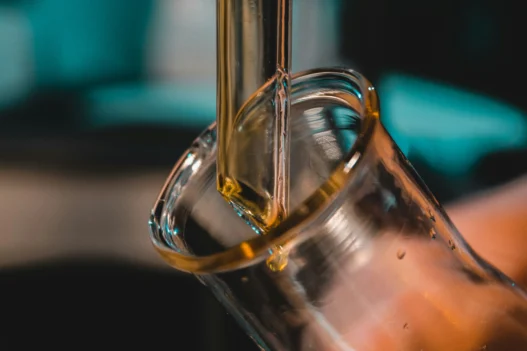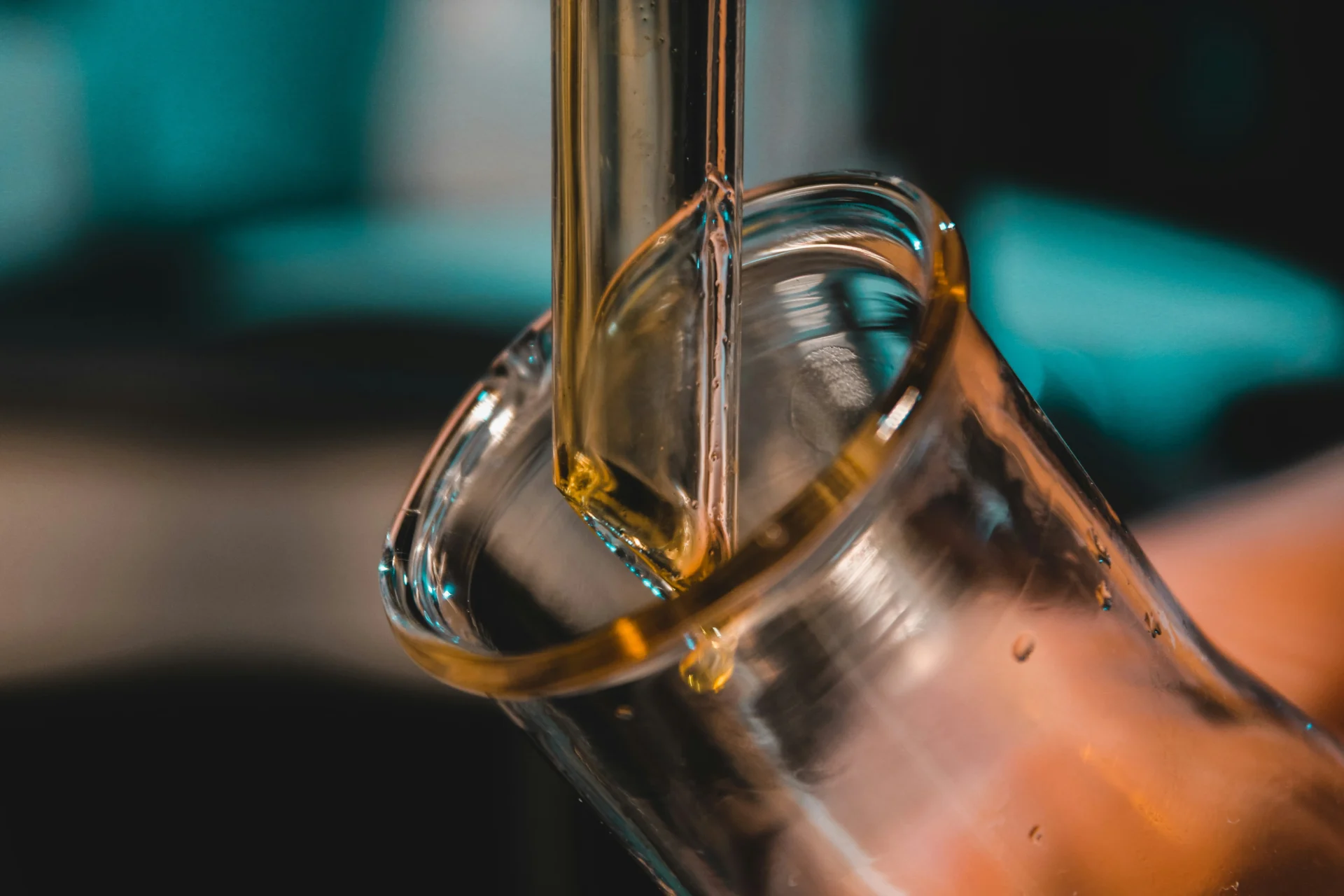Butyl propionate is a chemical compound commonly used as a fragrance ingredient in consumer products such as perfumes, lotions, and air fresheners. Its fruity scent is often described as similar to apples or pears. In addition to its olfactory properties, butyl propionate is also utilized as a solvent in various industrial applications. Its relevance to everyday life lies in its contribution to the sensory experience of numerous household and personal care products.
Table of Contents:
- 💡 Commercial Applications
- ⚗️ Chemical & Physical Properties
- 🏭 Production & Procurement
- ⚠️ Safety Considerations
- 🔬 Potential Research Directions
- 🧪 Related Compounds
💡 Commercial Applications
Butyl propionate, a chemical compound with the molecular formula C7H14O2, has various commercial and industrial applications. It is commonly used as a solvent in the manufacturing of paints, coatings, and inks due to its ability to dissolve a wide range of substances. Additionally, butyl propionate is utilized in the production of adhesives, sealants, and other industrial products.
In the realm of drug and medication applications, butyl propionate is not commonly used due to its potential toxicity. However, it is occasionally employed in some topical pharmaceutical formulations as a fragrance or flavoring agent. Despite limited usage in the pharmaceutical industry, butyl propionate remains a valuable chemical compound in various commercial and industrial sectors.
⚗️ Chemical & Physical Properties
Butyl propionate is a colorless liquid with a fruity odor, reminiscent of pears or apples. It is commonly used as a flavor enhancer in food products due to its pleasant aroma.
With a molar mass of approximately 130 g/mol and a density of around 0.88 g/cm³, Butyl propionate falls in the range of small molecules found in common food items such as sugars and alcohols.
The melting point of Butyl propionate is around -100°C, while the boiling point is approximately 145°C. These values are comparable to those of certain fats and oils commonly used in cooking.
Butyl propionate is sparingly soluble in water but highly soluble in organic solvents. It has a relatively low viscosity, similar to that of certain cooking oils and flavoring agents commonly used in food preparation.
🏭 Production & Procurement
Butyl propionate is commonly produced through the esterification reaction of n-butanol with propionic acid in the presence of a catalyst, such as sulfuric acid or p-toluenesulfonic acid. This process typically takes place in a batch reactor under reflux conditions to drive the reaction to completion.
The resulting Butyl propionate can be procured from chemical suppliers or manufacturers who produce this compound on a commercial scale. It is typically available in bulk quantities as a clear, colorless liquid with a fruity odor. Due to its flammable nature, proper precautions must be taken during transport and storage to prevent accidents.
Butyl propionate can be transported in various ways, including tank trucks, railcars, and drums. The choice of transportation method depends on the quantity of the compound being shipped, as well as the distance to be covered. It is important to comply with all relevant regulations and safety guidelines to ensure the safe handling and transport of Butyl propionate.
⚠️ Safety Considerations
Safety considerations for Butyl propionate include its flammability, as it is a combustible liquid. It should be stored in a cool, well-ventilated area away from sources of ignition. Proper personal protective equipment, such as gloves and goggles, should be worn when handling this chemical to prevent skin and eye irritation.
Hazard statements for Butyl propionate include “Highly flammable liquid and vapor” and “Causes skin irritation.” These statements indicate that the substance can easily ignite and may cause irritation upon contact with the skin. It is important to take appropriate precautions to prevent accidents and minimize exposure.
Precautionary statements for Butyl propionate include “Keep away from heat/sparks/open flames/hot surfaces – No smoking” and “Wear protective gloves/protective clothing/eye protection/face protection.” These statements emphasize the importance of storing the chemical safely and wearing proper protective gear when handling it to reduce the risk of fire or skin irritation. It is crucial to follow these precautions to ensure the safe use of Butyl propionate.
🔬 Potential Research Directions
Research on butyl propionate can explore its potential applications in various industrial sectors such as cosmetics, pharmaceuticals, and food. Studies could investigate its properties as a solvent for different types of substances and its efficacy as a flavoring agent.
Further research directions may include exploring the environmental impact of butyl propionate and its potential toxicity levels. Investigations into its biodegradability and compatibility with various materials could provide valuable insights for environmentally friendly industrial practices.
Additionally, research could focus on the synthesis of butyl propionate using different methods and catalysts to improve efficiency and reduce costs. Studies on the stability of butyl propionate under different conditions could lead to the development of improved storage and handling protocols for its industrial use.
🧪 Related Compounds
One similar compound to Butyl propionate is Ethyl butyrate. Ethyl butyrate is an ester that is formed by the condensation of butyric acid and ethanol. It has a similar molecular structure to Butyl propionate, with a four-carbon alkyl chain attached to the carbonyl group. Ethyl butyrate is commonly used as a flavoring agent in food products due to its fruity aroma.
Another compound with a molecular structure similar to Butyl propionate is Isoamyl acetate. Isoamyl acetate is an ester formed by the condensation of acetic acid and isoamyl alcohol. It contains a five-carbon alkyl chain attached to the carbonyl group, similar to the four-carbon alkyl chain in Butyl propionate. Isoamyl acetate is commonly known as banana oil due to its strong banana-like scent and is used as a flavoring agent in food products and in the production of perfumes.
Methyl butyrate is another compound that shares a similar molecular structure to Butyl propionate. Methyl butyrate is an ester formed by the condensation of butyric acid and methanol. It has a three-carbon alkyl chain attached to the carbonyl group, which differs from the four-carbon alkyl chain in Butyl propionate. Methyl butyrate is commonly used as a flavoring agent in food products due to its fruity aroma, similar to Butyl propionate.








